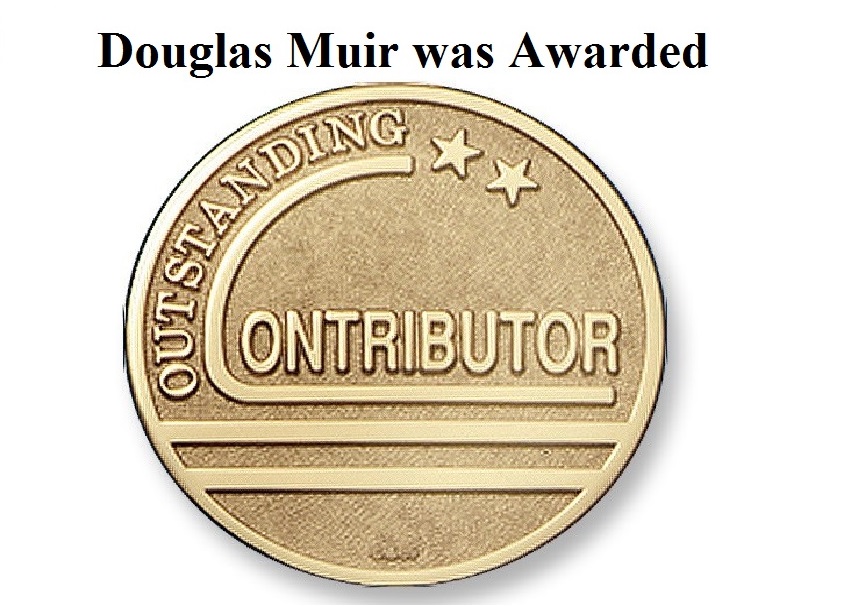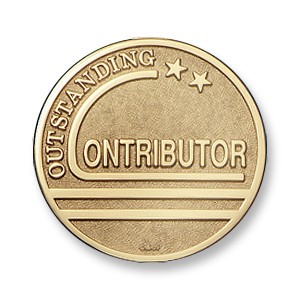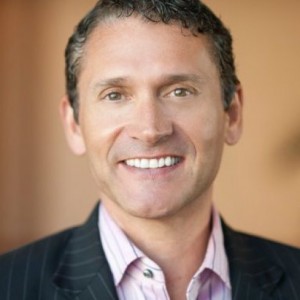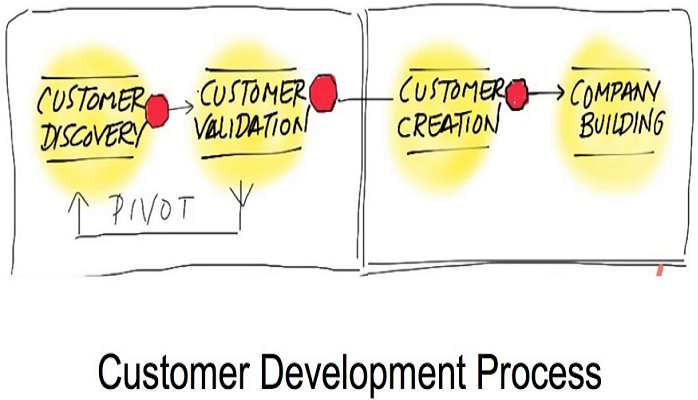We’ve all had conversations about starting our own business, and one of the most popular dreams is running our own restaurant. I started my first restaurant in 2001, becoming the first franchise owner and proprietor of a new and exciting casual dining concept. I sold that concept and moved onto my new chain of restaurants in the fine-casual space. What I’ve learned over many years and from many restaurants is what I will be sharing with you in this article. We all love food; we like the social aspect of sharing conversation across the communal table, and it’s an industry where people choose to come through the door. So why does it often go so very wrong?
First, running a successful restaurant is one of the hardest businesses out there. We all know of places that we love to go to—and places that we don’t. It’s also tricky to recommend a restaurant, as sometimes it’s great and sometimes it’s not so great. But there are exceptions: if a place is consistently good, provides excellent food, a convivial atmosphere, and gives good value, we will go back again and again, and recommend it to anyone who will listen. But why is this so difficult to achieve?
Part of the problem is that people get caught up with the romantic notion of being the “main host” and floating from table to table shaking hands, backslapping their guests, and making it look like one big party—which is exactly how it should be as long as life in the “engine room” (or kitchen) is moving along swimmingly.
The kitchen is the heartbeat of the restaurant. If the orders don’t flow in an orderly way and the food doesn’t flow out in a timely manner, cracks will start to appear. Guests expect their lunch or dinner to appear in a certain amount of time—not too slowly and not too quickly—so the whole process has to be carefully choreographed.
That, however, is before we even start to talk about the real backbone of any business: cash flow, sales, and profit. While all this sounds patently obvious, many people fall into the restaurant industry with no idea of how to price a plate of food, or whether they are going to make any money at the end of each sitting.
With this in mind, let’s analyze a day in the life of a typical Italian restaurant in the heart of a nice town in central Virginia. The average profit margin of a restaurant is between five and six percent, leaving very little margin for error. It’s all about people, product, and procedures. When one of these categories is missing, the whole ship goes down! The object of any business is to make money, so fixed costs must be as low as possible in order to survive the leaner months. Fixed expenses cannot be brought in line if the gross revenues are too low, so day-to-day management is essential to constantly monitor where costs can immediately be adjusted if things start to go awry.
To this end, I’ve developed six red flags, or indicators, which explain where current problems may be hiding and where future issues are likely to emerge. Let’s go through each of them:
Develop a well-organized accounting system.
Amazingly, most restaurants don’t have any accounting system at all. When I ask my clients questions like, “What are your food, liquor, and labor costs?” I get the thousand mile stare. When I ask them for printed copies of basic financial statements (such as profit and loss, balance sheet, or cash flow), they have no idea what I’m talking about. Since you can’t manage what you can’t count, a restaurant without any of these three financial statements is set up for failure, or, at the very least, a loss of a lot of money and I would consider “flying blind.” The most common problem I see is the owner of the restaurant thinking their accountant is doing the financial statements when actually they are only doing the taxes.
What do the numbers mean?
Restaurant food, beverage, and employee expenses are the top costs. The numbers in Figure 1 show the standard industry average I use for my casual-fine dining Italian restaurants. However, those numbers will vary within the industry, but can be found on the National Restaurant Association website: http://www.restaurant.org/Home. The battle begins and ends with these numbers, and not simply because they represent the largest percentage of your total expenses, but because you have the ability to control them. Costs such as utility and insurance are relatively fixed, but you can directly impact your food cost percentage with more effective purchasing, product handling, and menu pricing. Similarly, hiring practices, scheduling, and even the layout of the kitchen and the way menu items are selected can favorably affect labor costs. That way, when a restaurant’s prime cost percentage exceeds the percentages in Figure 1, it raises a red flag.



















